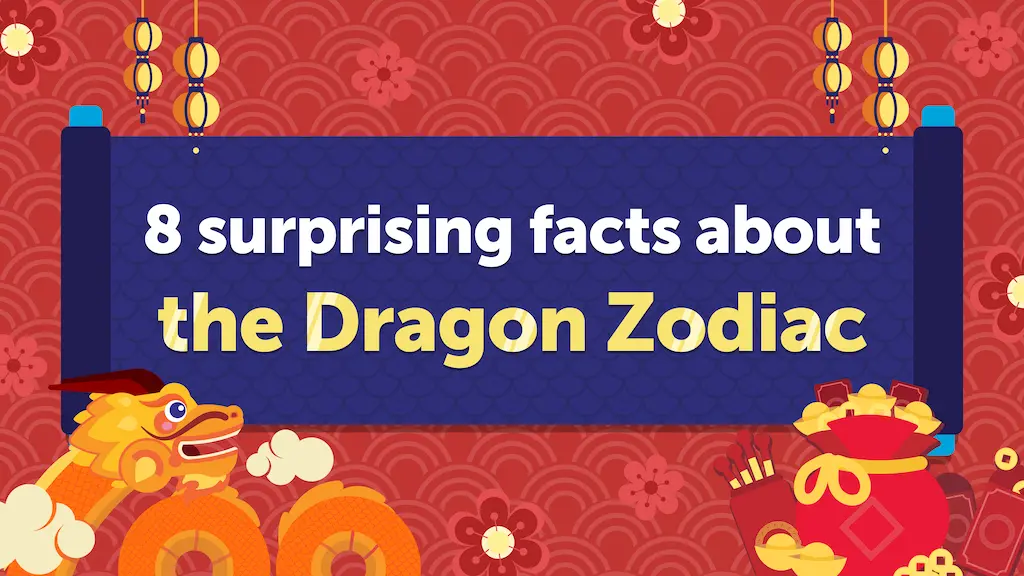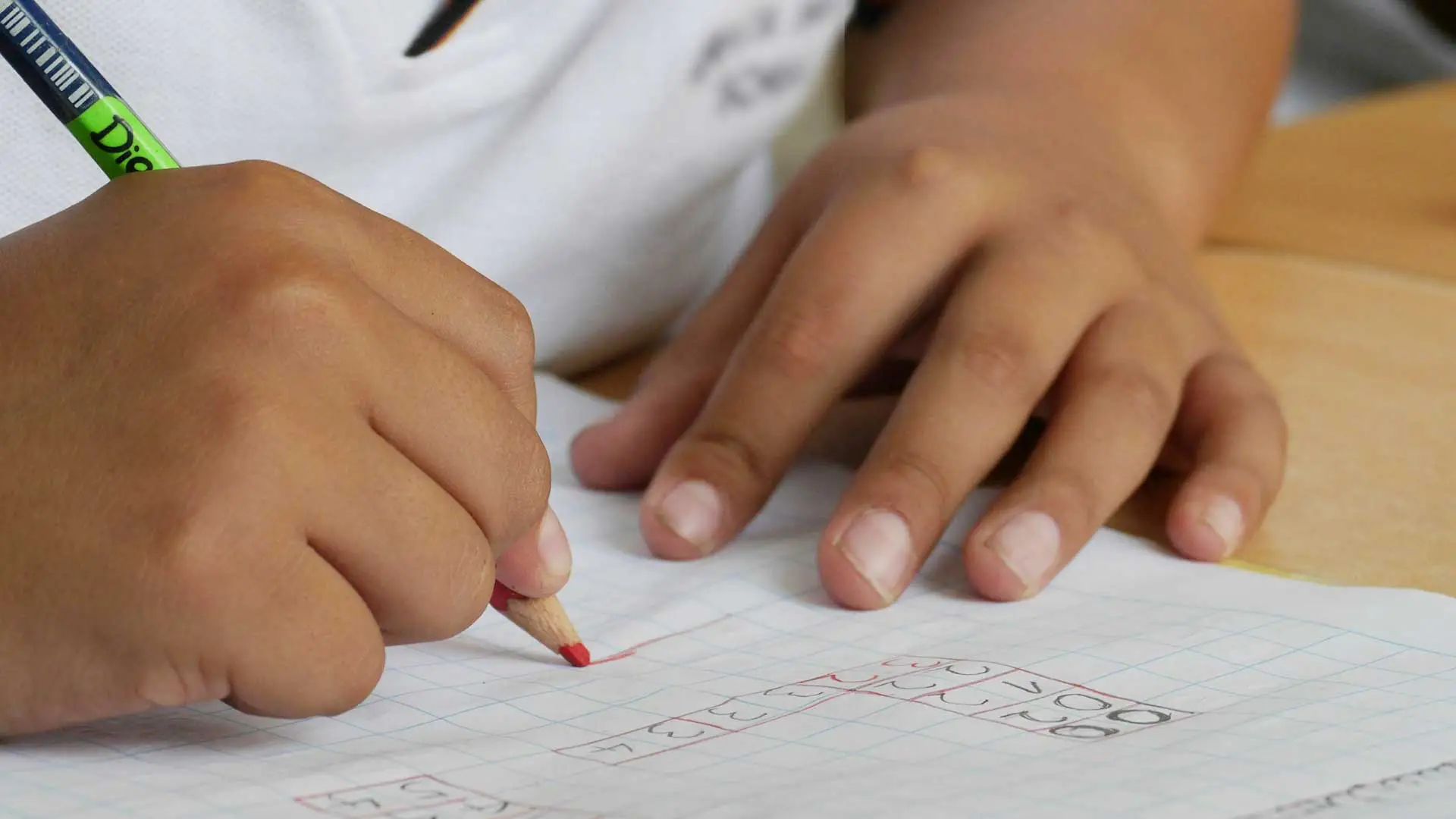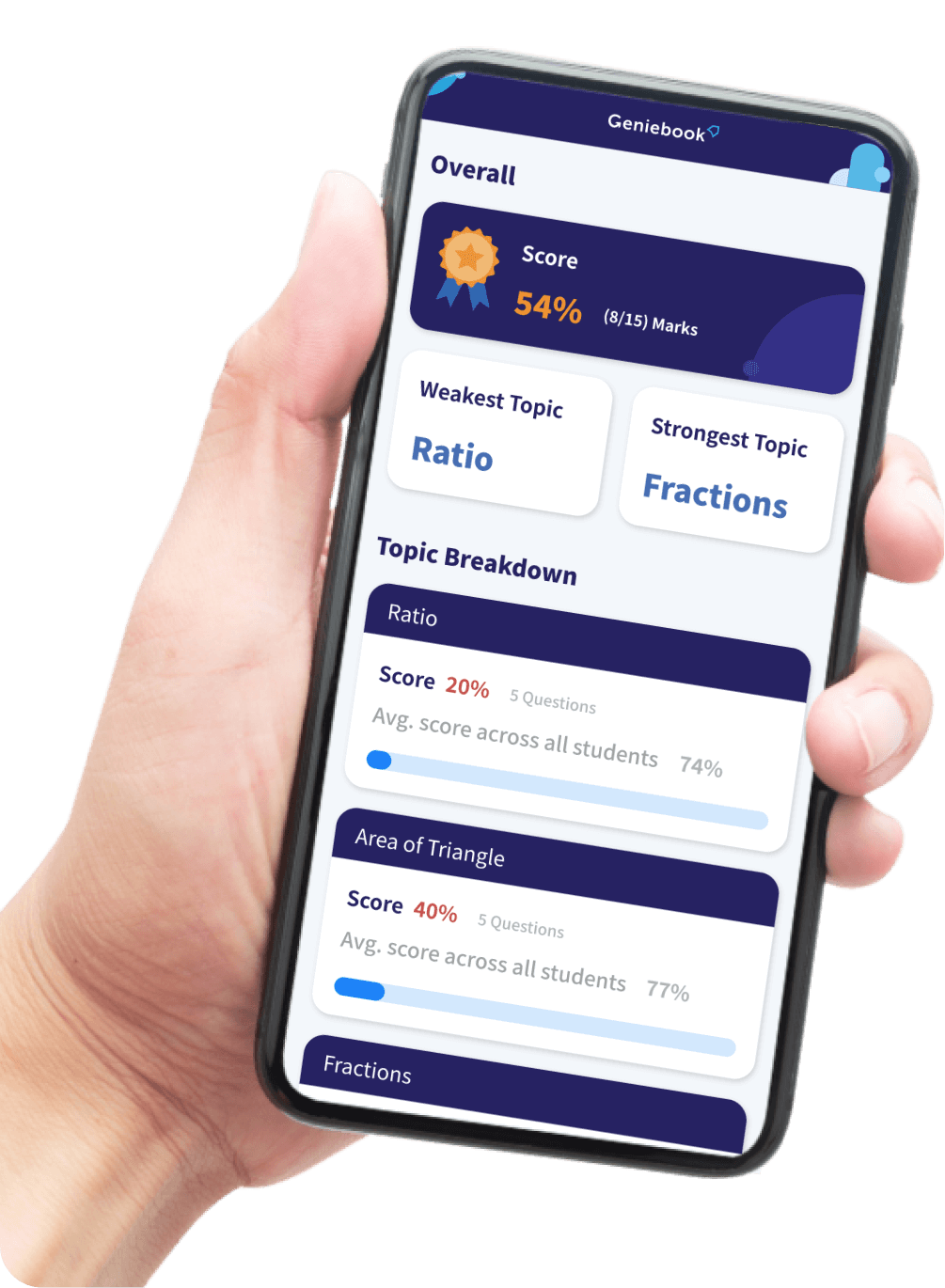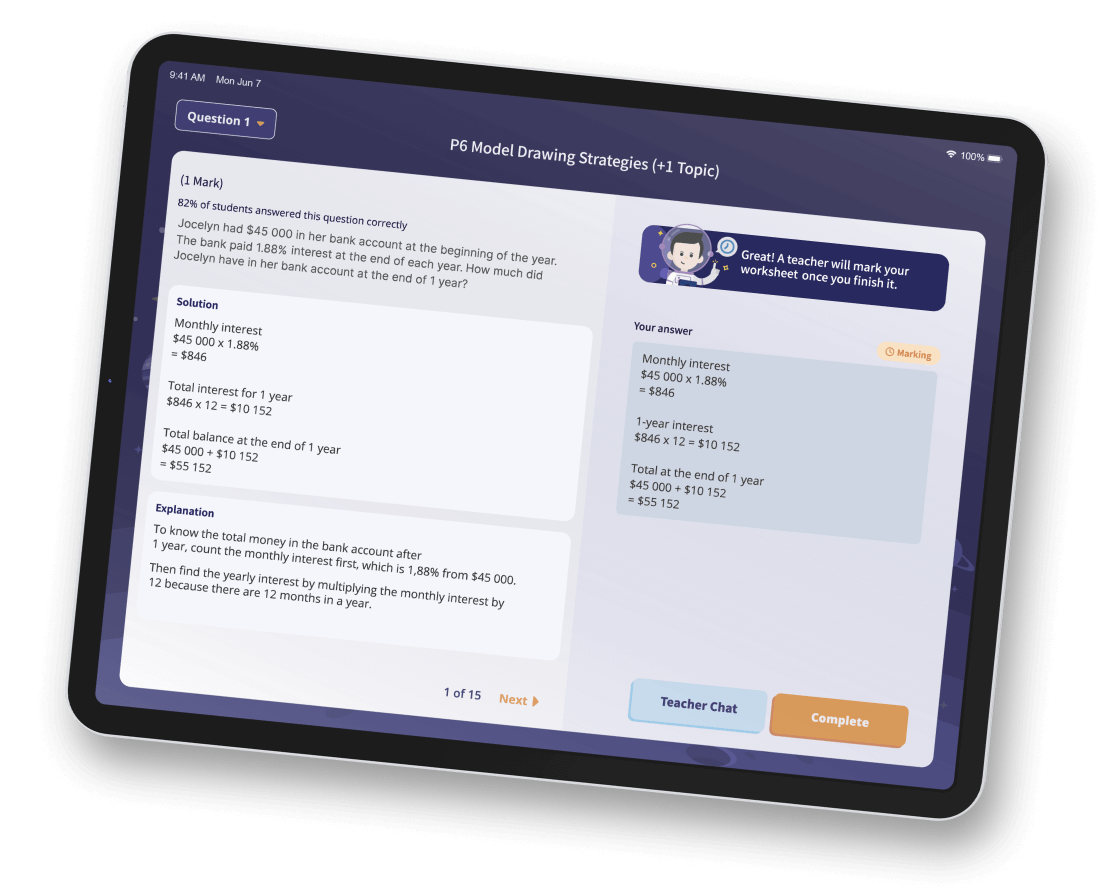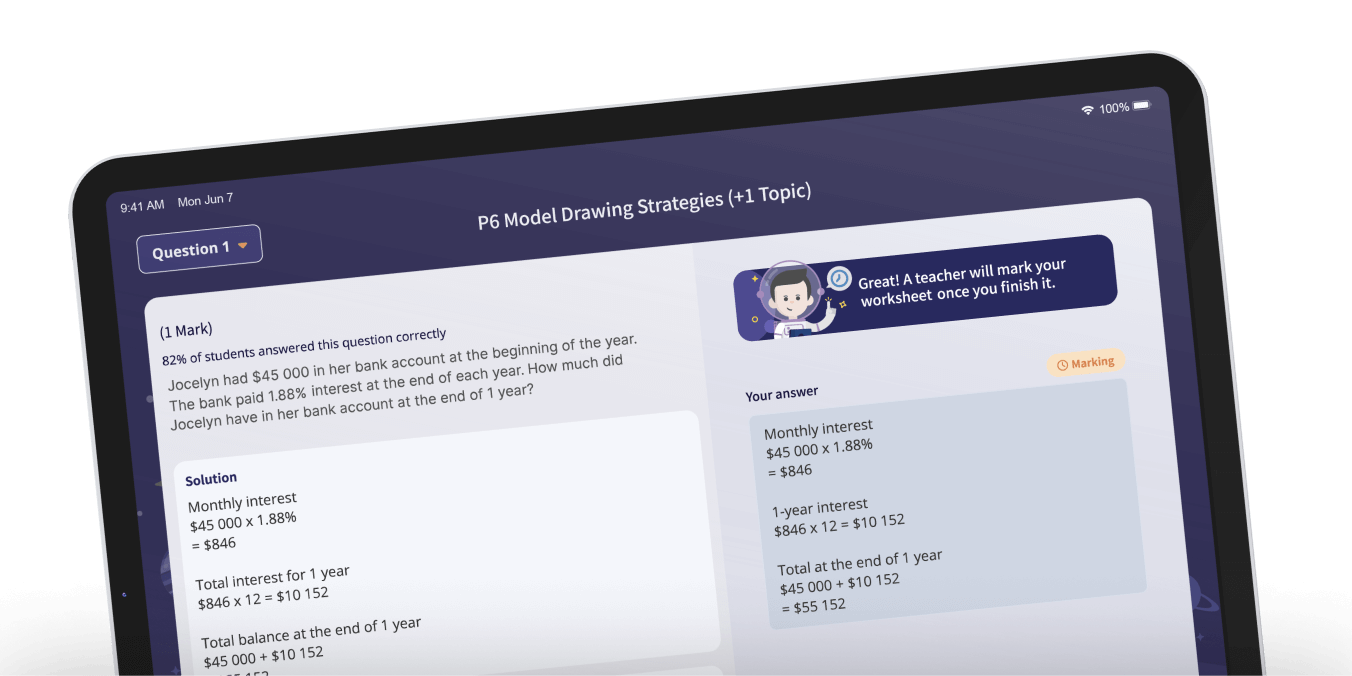Gamifying your child's learning at home

The rush of adrenaline and excitement from completing a fun round of games is undoubtedly a big source of motivation to keep going. This addictive quality of video games, termed as gamification, can be applied to your child’s learning as a powerful means to intrigue and motivate them in conquering their studies.
Gamification in learning, explained
Gamification in learning is a strategy used to increase a student’s engagement by incorporating game-based elements into an educational environment. The aim of gamification is to create levels of involvement similar to what games can produce. Simply put, it illustrates how students can learn best when they are also having fun! It involves applying game principles to studying such as design and reward schemes.
The idea of gamification has gotten increasingly popular in recent years as more people understood the benefits it brought about to students.
Examples of gamification
1. Creating leaderboards and reward schemes
Leaderboards are commonplace in video games, where players can view statistics such as the number of monsters slayed and points scored. They are a powerful motivator because people simply like seeing their names at the top of the board. It also provides a visual representation of how they’re doing to track their progress, which spurs them to do better than before.
Some ways where you can incorporate this at home would be by keeping a running record of tasks such as the number of books your child has read, worksheets and quizzes they completed, and many more! Compare these statistics on a regular, timely basis, and reward your child for patterns of improvement. If the improvements aren’t significant, you can encourage them to do more through motivation and rewards of their choice.
2. Incorporating narratives and role-playing
Strong narratives are part and parcel of a good game, and have a storyline that makes you eager to find out what happens next. As this method is not immediately obvious on how it can be applied to learning, it’s only applicable to certain subjects such as English and Chinese. One way to incorporate narratives and role-playing into learning involves invented scenarios.
For instance, you can create a narrative with your child and pretend both of you are having an adventure in a fantasy world to practise English or Chinese conversational skills and exercise some creativity! It takes a little imagination from both parties for this method to work, but this will help your child remember lessons more vividly.
3. Personalising your child’s performance
Similarly to how video games offer a chart at the end of each round or level to show how the player has performed, you can also design a chart to showcase your child’s strong suits, topics they struggle with, and goals they can work towards in regard to these topics.
Create unique accomplishment badges to reward your child with whenever a goal of theirs has been achieved, and convert these badges into rewards at the end of the day depending on what they enjoy doing! Be it getting their favourite treat, watching the latest blockbuster, or simply spending quality time together, this will help augment their learning experience at home.
Benefits of gamification
1. Increased levels of engagement
Compared to traditional ways of learning and homework, narratives, role-playing, and other gamified activities help students engage more with the study material and promote focus on the lessons at hand. Besides, it makes learning more fun, immersive, and interactive!
2. Improved retention of knowledge
Gamification of learning helps students retain more of what they learn, which ensures they remember what they learnt well after the end of an activity or lesson.
3. Gets your child hooked on learning
The way learning shifts through gamification and makes it fun and engaging for students is what makes it appealing to them. On top of that, game mechanics such as competition and rewards render the learning process enjoyable and exciting. Gamification offers students an opportunity to become hooked on learning, master topics, as well as other important soft skills such as creativity!
Conclusion
In essence, gamification has been shown to be effective, both in physical and digital learning settings as it encourages ongoing engagement. On top of that, it also triggers powerful emotions such as happiness, excitement, and accomplishment. Try gamifying your child’s learning at home today and check out the difference it makes in their learning experience and progress!


 SG
SG  VN
VN 

